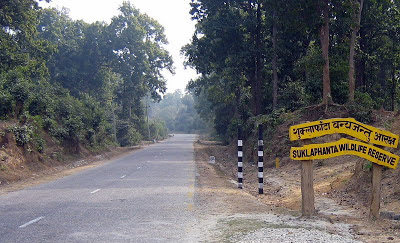Shuklaphanta Wildlife Reserve

Welcome to you in Shuklaphanta Wildlife Reserve, Kanchanpur, Nepal Shuklaphanta Wildlife Reserve of Nepal’s best-known and most accessible Wildlife Reserve having large Swamp Deer Herds of Asia, Shuklaphanta wildlife Reserve is invariable associated with the Royal Bengal Tiger and the great One-horned Rhinoceros both endangered species. The river offers a variety of experiences with the diverse interior and abundant wildlife. Forests, streams and rivers, lakes, and several large phantas (grasslands), for which the park is named, comprise the habit of the reserve. Sal trees dominate the forests, Khair-Sisso forests are found along the riverside areas.Shuklaphanta Wildlife Reserve. The wildlife reserve is situated in the Kanchanpur district the extreme southwest of Nepal. The name of the reserve is derived from the largest of there grasslands, which is known as Sukla Phat. The reserve area is 305 sq.kms. The reserve shares a common boundary with the Indian State of Utt...
